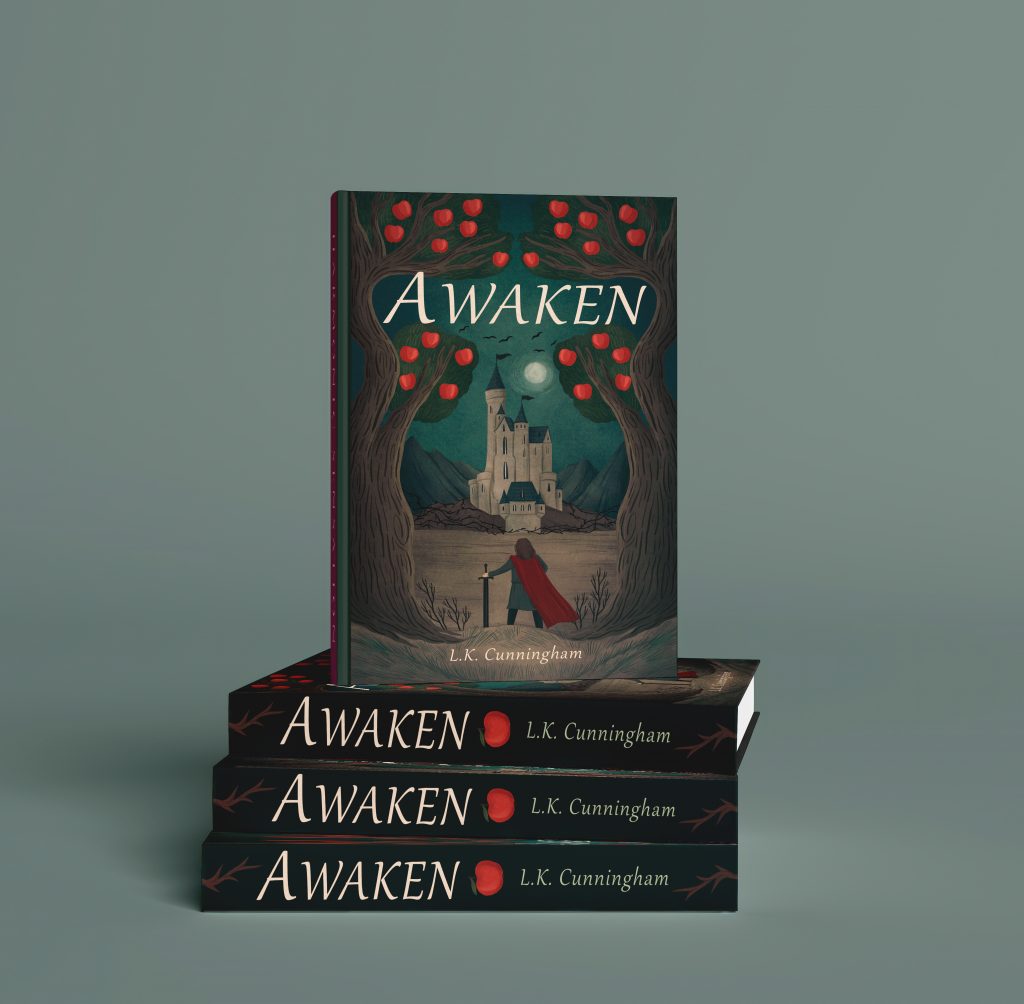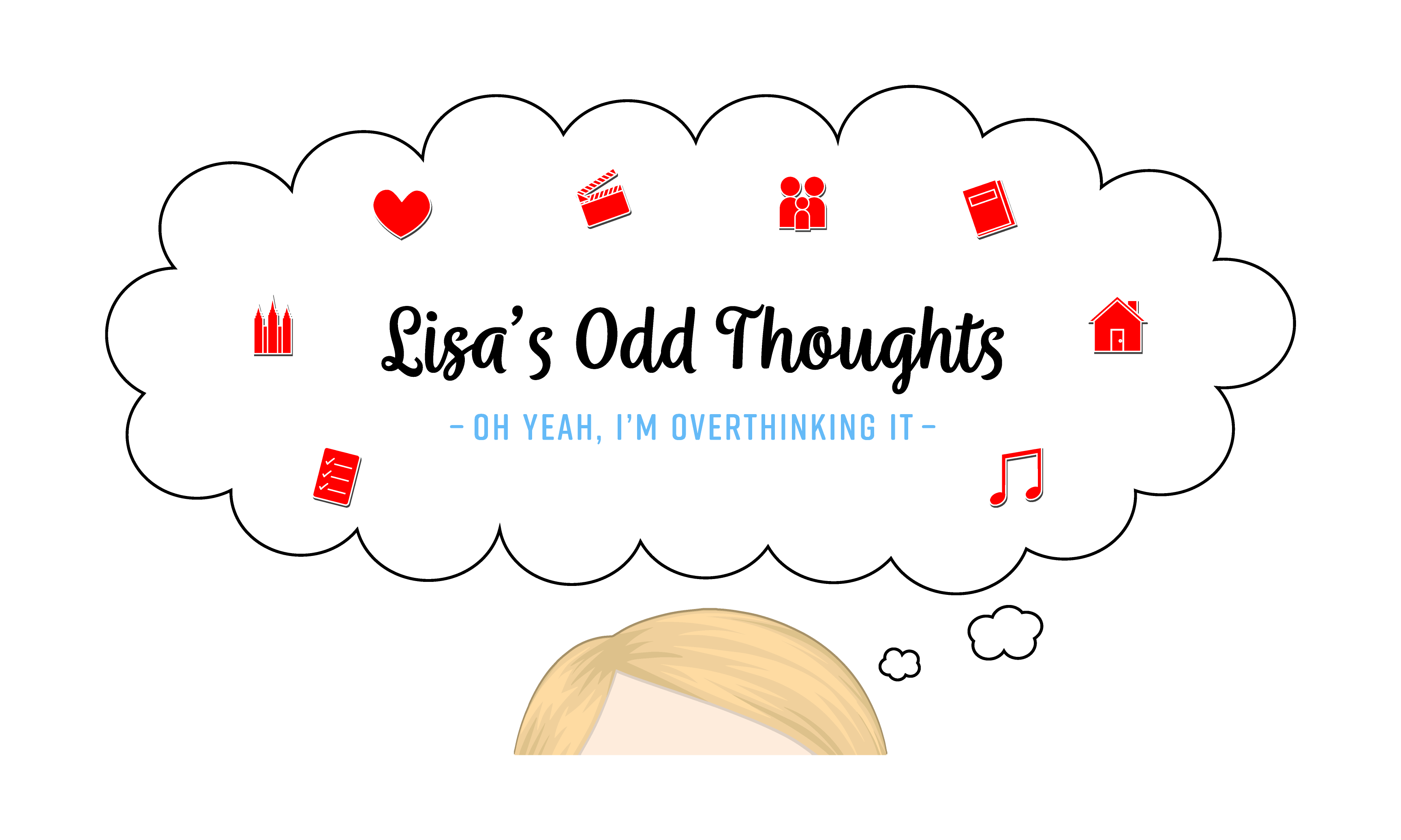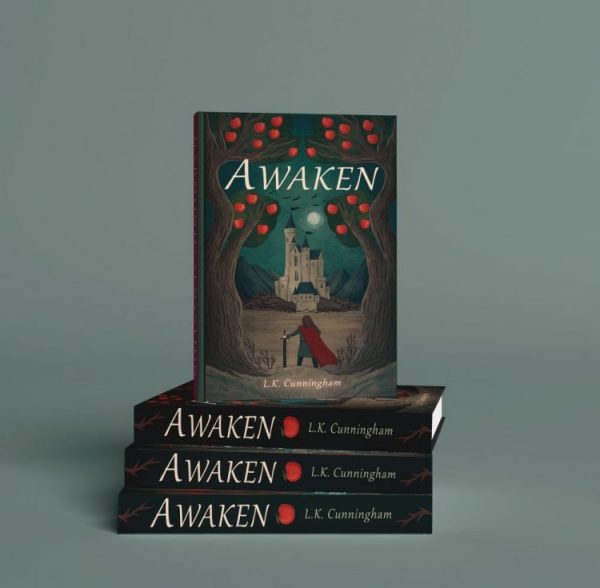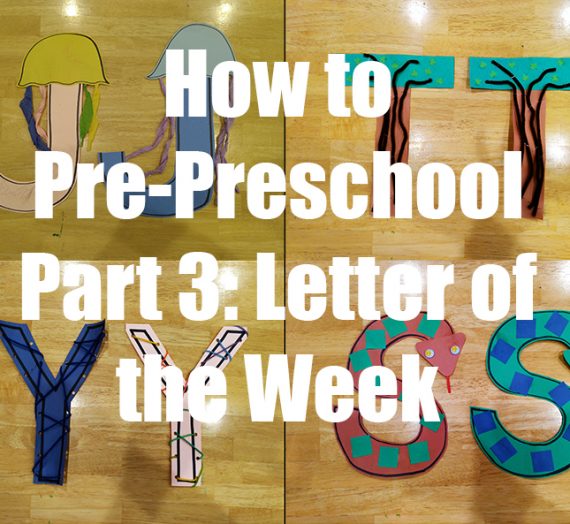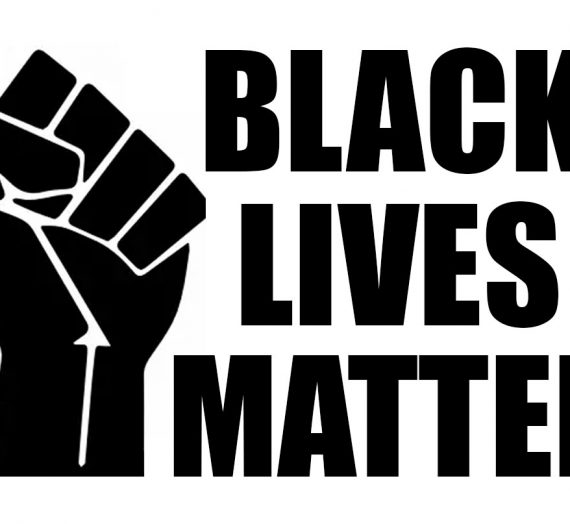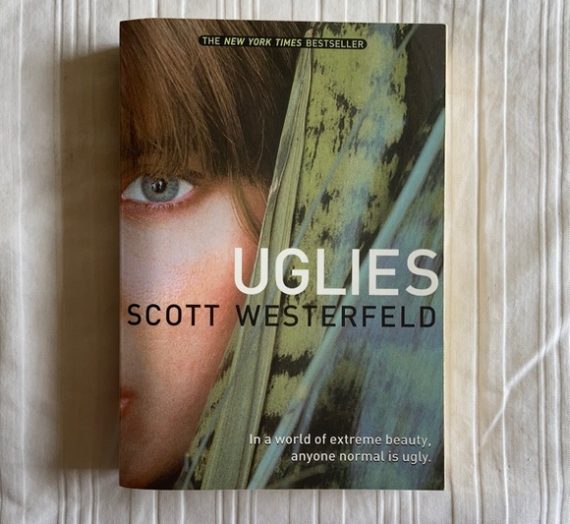My Beginnings as a Writer
Big announcement! I’ve accomplished a lifelong dream and published my first novel, “Awaken.” You can officially buy it HERE.
“Awaken” is a Sleeping Beauty retelling, and is a project I began when I was 17 years old and a junior in high school. Now I’m 32, and it’s finally done and published! With that in mind, I wanted to document the history of this novel and how it came to be.
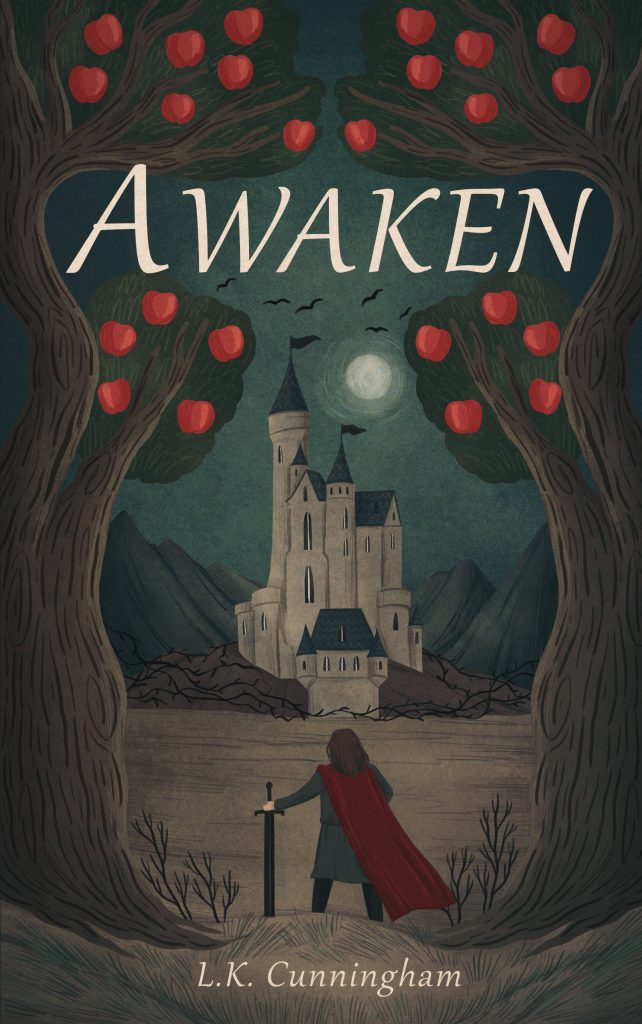
My very first writing attempt was when I was in seventh grade and I wrote an endearingly silly fantasy adventure novel. The main character was basically myself, but the most brilliant, beautiful, and incredible fantasy version of myself that I could possibly dream up. She was the “chosen one” destined to save this fantasy world, had incredible magical powers, was an inspiring leader who rallied everyone to win heroic battles and victories, had a talking cat as a sidekick, and best of all she was adored and loved by a male love interest who was a direct rip-off of Will Turner from my favorite movie, Pirates of the Caribbean (The Curse of the Black Pearl was brand new around this time, and I had quite the silly little middle-schooler crush on Orlando Bloom).
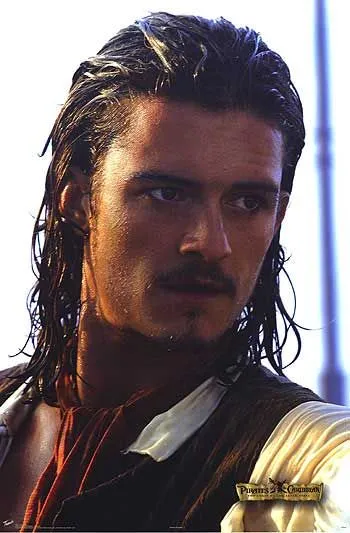
I look back on that first novel attempt with a mixture of embarrassment and nostalgia; it was, after all, my first novel, and for that reason it will always hold a little corner of my heart, despite its flaws. More significantly, it led me into a world of writing that I have loved ever since.
Well before I began writing, I was always an avid reader. Though I read and enjoyed many different genres, fantasy was always my favorite. But it was in middle school, around the same time that I was taking that first exploratory dive into the writing world, that I also began taking a special look into fairytales. Ella Enchanted by Gail Carson Levine, Beauty by Robin McKinley, East by Edith Pattou, and Goose Girl by Shannon Hale were personal fairytale favorites during my teenage years.
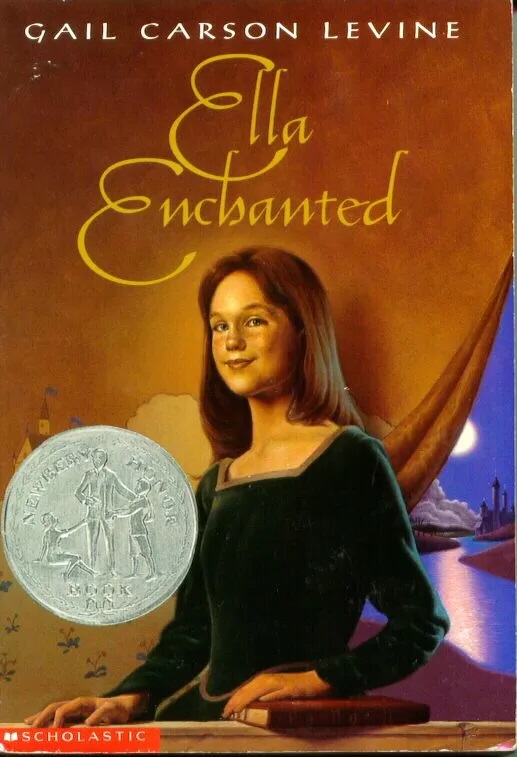
I fell in love with fairytale retellings. I was entranced by the ways various authors used the same aspects to form completely different stories. I started to imagine that these certain fairytales, Cinderella for example, was like a puzzle that could be rearranged in countless different ways. You’d always read about the wicked stepmother, the ball, and the glass slipper, but different stories fit them together in completely unique ways. And I found that endlessly fascinating.
This led me to begin reading original Grimm stories, and eventually other early fairytale writers like Charles Perrault and Hans Christian Andersen. I found the Grimm stories particularly interesting because they themselves had different variations on similar stories, multiple Cinderella-like stories, for example, with similar themes, scenes, and characters, but were still different.

(It’s also interesting to note here that the famous Grimm brothers didn’t “write” these original fairytales, as I’d been told my entire life. No, Jacob and Wilhelm Grimm collected and documented folktales and fairytales. They interviewed people from all over the country, asked for their versions of these stories, and wrote them down. That’s why you find similar versions of the same stories that no doubt had morphed and changed with various retellings as it was verbally passed from person to person, generation to generation. I found this all a fascinating aspect of human history, and I still do.)
The Grimm stories, I found, while interesting, were sometimes painfully vague. They were wide open for interpretation, as many authors before me had obviously explored. And so I began reimagining them too. For the first time, I imagined myself a great author among the likes of Gail Carson Levine.
I began writing more and more, not exclusively fairytales, but most often that was my favorite fallback. However, Sleeping Beauty wasn’t my first fairytale retelling that I attempted. I fell in love with a story called The Wild Swans and began turning that short story into a novel featuring a certain Princess Rachael from my fictional country of Aldrenland and her romantic interest, Prince Nicholas, from the neighboring fictional country of Candlewood.
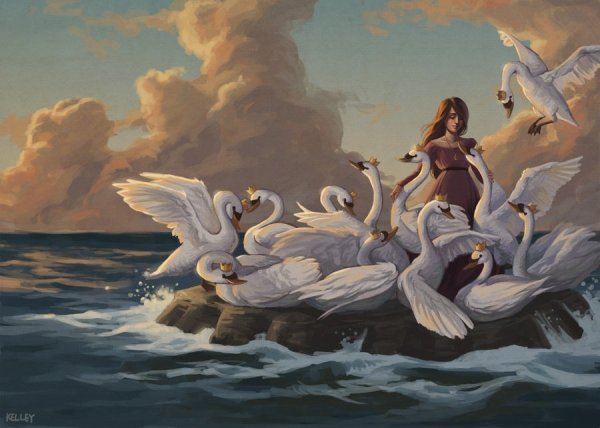
Readers of my finished novel, “Awaken” will notice that Rachael and Nicholas make a special cameo appearance there. Prince Nicholas is Jonathan’s nephew, whom Jonathan meets briefly on the night he returns to his home to say a final farewell to his dying brother, King Andrew.
Yes, I worked for countless hours writing the epic, romantic adventure of Rachael and Nicholas, but I never managed to finish it. Unfortunately my story was riddled with impossible plot holes, which resulted in huge, unfinished gaps. I still haven’t given up on that novel and I hope to finish it one day. Regardless, I love Rachael and Nicholas partly because their story inspired me to create an entire world for them to inhabit.
So I did that, and all my other imaginings and fantasy writings then took place in this magical, fictional world. The world grew and developed as I wrote more and more stories. Some were short stories, little histories or interesting backgrounds. Some were longer novel ideas. And one idea took off into what is now “Awaken.”
One day, when I was in high school, I just so happened to watch Disney’s classic 1959 movie Sleeping Beauty for the first time since I was a small child. Having so recently delved into the world of the Grimm brothers, I was pleasantly interested again by the different way even Disney interpreted the original story, and it was something I ruminated on for a long time.
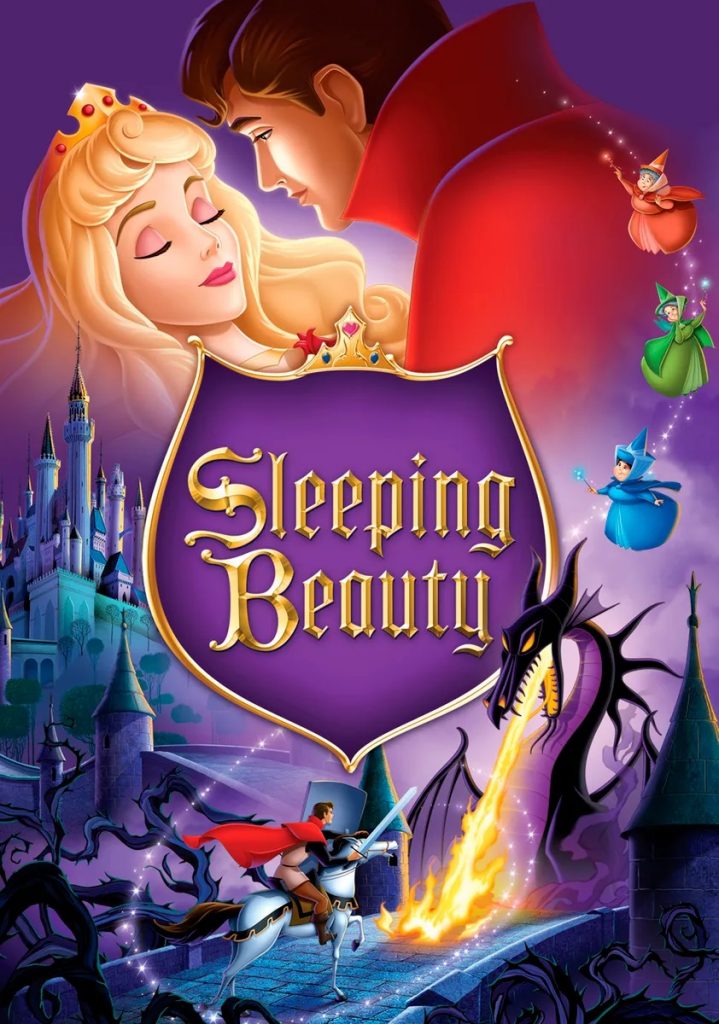
In the Disney film, Princess Aurora (aka Sleeping Beauty) pricked her finger and fell asleep only for like an afternoon. Immediately we see her fairy godmothers rescue Prince Philip from Maleficent, and then in quick succession watch the prince battle the dragon and wake the princess with true love’s kiss. I don’t think all those guards and courtiers even had time to get any cricks in their necks from falling asleep in such absurd positions all over the castle.

However, in the Grimm version of the story, the sleeping princess indeed sleeps for a hundred years. It’s mere coincidence that a random prince stumbles upon her and kisses her on her very last day of sleeping. Like a timer going off, she just opens her eyes and wakes up. Lucky for her there was a dashing prince making out with her, and lucky again that they fell in love and lived happily ever after.
And so I got to thinking: how could you successfully mix both the Disney and the Grimm stories? What if the prince and princess did indeed meet and fall in love, even waltz in the forest while they sing a duet? And then the princess sleeps for a hundred years, an entire century. But how could her prince, her true love, still be there when she woke up?
The prince would have to somehow become immortal, frozen in time, and have to wait an entire century for his one true love, his sleeping beauty, to wake up.
And thus the beginnings of “Awaken” were born.
The very first notes I ever made for this novel actually had all the intentions of being a short story. In fact, I envisioned this story to be more of a legend or myth in my fantasy world, a story passed down through the generations told around the campfire that no one really knew if it was true or not.
I wrote out a handful of scenes of this mysterious immortal prince lurking around throughout a century, hidden in the background, quietly watching and waiting. From the beginning I always imagined him as a sort of ghostly legend, the type of mysterious character who shows up exactly when he’s needed and knows exactly the right information, but no one really knows who he is or where he came from. And then I wrote a little finale scene of him waiting on the edge of a thorn-covered castle and running inside on the day his true love is due to wake up after her century of sleep.
I never let go of this mysterious image of him, and while most of those initial scenes were eventually cut, I always clung to this visual of my ghost-like immortal prince. In fact, I was hugely inspired by this exact shot of Strider from my other favorite movie, The Lord of The Rings:
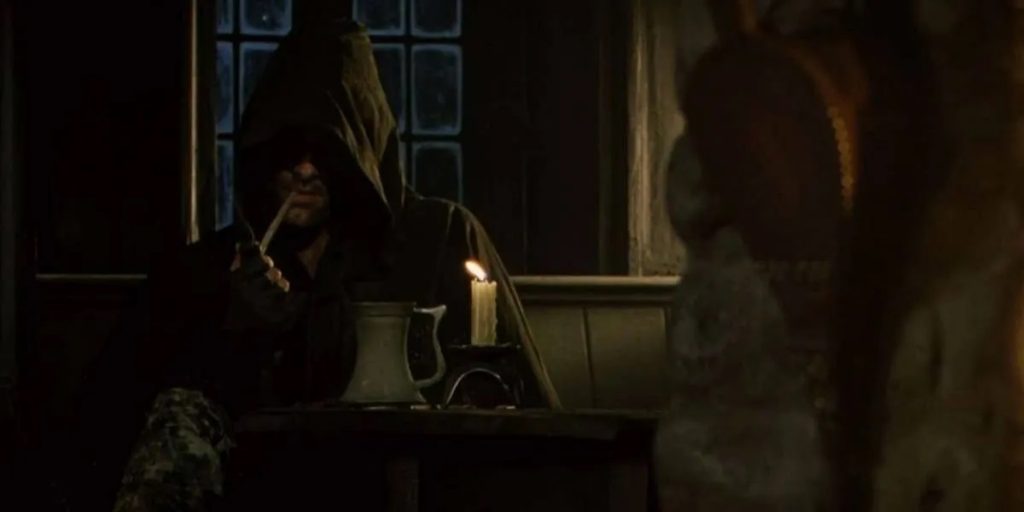
While we eventually learn who Strider is, I love this aura he has in those intro scenes of this mysterious, hooded man in the shadows who knows more than he lets on. In fact, I still imagine Viggo Mortensen’s Aragorn (only much younger) when I picture what Prince Jonathan looks like.
Most of those original short-story-style scenes I wrote were eventually cut, except for one. The very first original scene I wrote is still in the book, almost exactly as I originally wrote it. Which scene is that? It’s the scene when Prince Jonathan goes to visit his brother on his deathbed one last time, the one where Nicholas and Rachael make their famous cameo appearances.
That scene struck me as magnificently important to my immortal prince; it’s Jonathan not only saying goodbye to his brother and his very last hold of his previous life before his immortality, but also facing the hard fact that he’s missed out on the life he wished he had, that he felt was stolen from him by the princess’s sleeping curse and his own magical immortality. In a sort of morbidly beautiful way, I knew that this prince actually wanted to be the one on the deathbed surrounded by his children and grandchildren, saying goodbye after a long and fulfilling life. And it was tragic, even to my little 17-year-old self, that my prince was denied that deathbed.
That exact deathbed scene, the very first scene I ever wrote for this novel, is still intact in the finished piece, but most of the final names are notably different. I struggled for quite some time in naming my main character, my immortal prince, and I went through several trial names before I settled on Jonathan. But I didn’t settle on Jonathan by accident. Like I was inspired by Will Turner and Aragorn to model my male characters after, I was likewise inspired by another beloved character, this time from my then-favorite television show.
A few years prior to my starting this novel, my then-favorite show had ended: Star Trek Enterprise, which portrayed the space adventures of Captain Jonathan Archer and his crew.
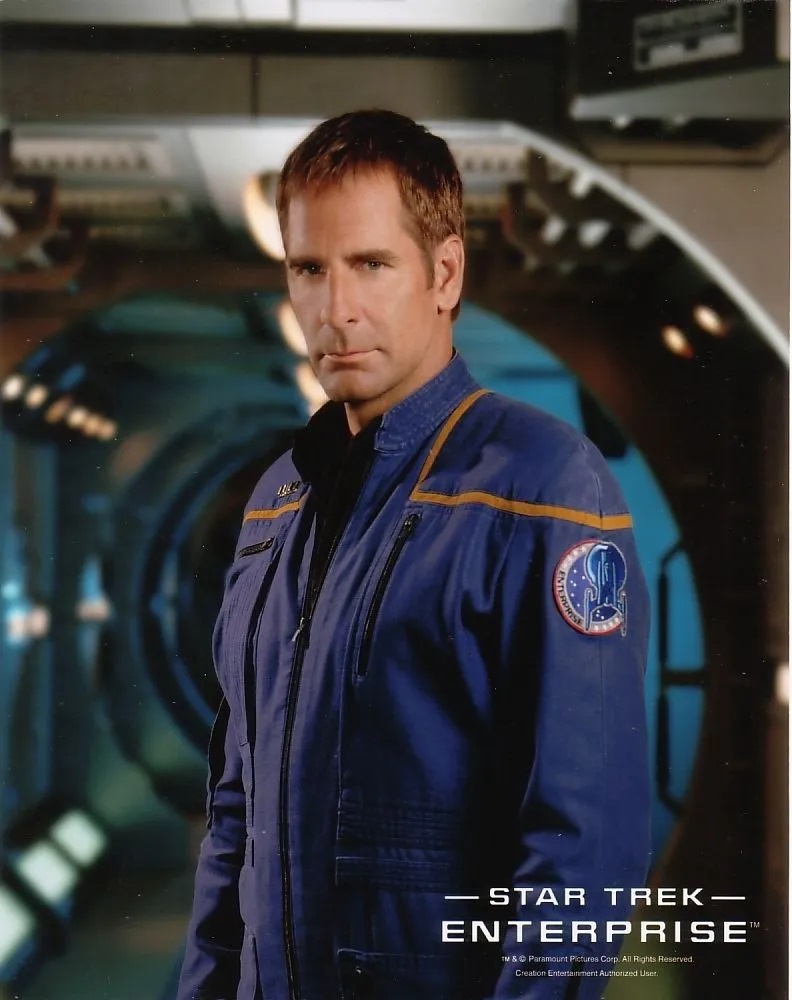
When I was thinking of names, I wanted a name that represented total masculinity to me. I wanted this name to remind me of strength, loyalty, and a deep sense of duty. Captain Jonathan Archer had always felt like those traits to me, and so the name Jonathan fit my mysterious immortal prince like a glove. Once that thought struck me, I never once doubted that it was correct.
That was the extent of this story for quite some time, just a small adventure about an immortal Prince Jonathan who waits for his true love to wake up. I thought it was done, but I just kept coming back to it time and time again. It was missing something, I just didn’t know what.
I kept coming back to the idea of “True Love’s Kiss.” It’s one of those cliche fairytale tropes that I’d never put much thought into. But then I started to wonder: what if that “True Love’s Kiss” actually had some magical power, some real solid reason why it was so important? What if Sleeping Beauty couldn’t wake up without that kiss? What if the kiss was the big key to the whole story?



Suddenly my little short story began unfolding into something much bigger. Prince Jonathan no longer was passively waiting for his sleeping beauty to wake up, rather he was going to have to wake her up himself with True Love’s Kiss. And he was going to have to spend his century figuring that out.
Completely unrelated to my Sleeping Beauty novel, I was still reading and writing lots of other stories. I still loved fairytales, and another one stood out to me particularly, or at least one particular character did: the Huntsman from Snow White. He was such a minor character with such a small role, which is perhaps why I was so intrigued by him.
His role, in the original fairytale, is simple: He works for the evil queen, obeys her order to kill Snow White, but he loses his nerve and lets Snow White go free. He later tricks the evil queen by giving her a pig’s heart, but tells her it belongs to Snow White. And that’s the end of his entire story.
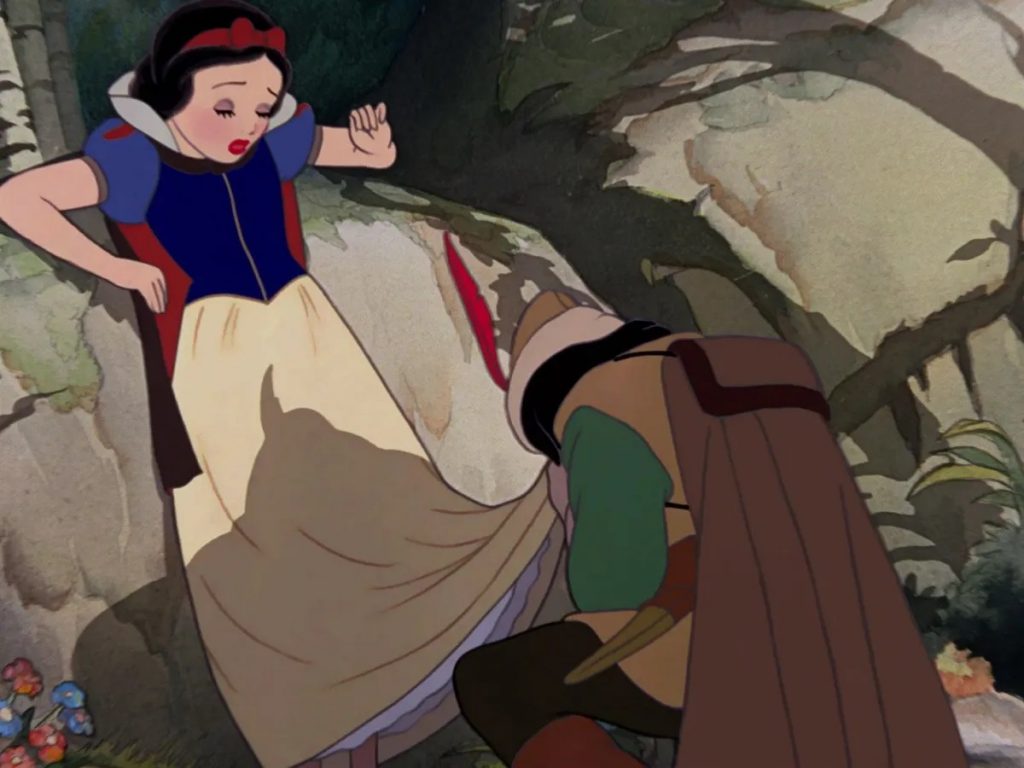
I was intrigued by this man, this minor character. What kind of person so casually agrees to kill an innocent girl, but is also compassionate enough to show that girl mercy? Either the evil queen must have a terrible, manipulative hold over a good man, or this good man must be driven to this evil extreme by great desperation.
I came back to this question often, and I imagined that this minor character would necessitate an entire story all to himself.
Then one day it all came together. It was while I was pondering this huntsman character that I realized how similar the two stories of Sleeping Beauty and Snow White are: they both have a princess trapped in sleep, cursed by a wicked female antagonist, and only awoken by true love’s kiss.


What if it was the same sleeping curse? What if Prince Jonathan, having spent his entire century learning how to wake up his sleeping beauty, then also uses his information to help save Snow White as well? He’d be the only one who could do it, who knew how.
Prince Jonathan, I knew, was the evil queen’s huntsman, driven into her service through desperation. But what could possibly make him so desperate as to agree to murder?
His sleeping beauty, of course, Princess Lily. The evil queen would have the key, the final ingredient to waking her up, yes. She would trade it to Jonathan for Snow White’s heart. How could Jonathan possibly say no to that, after waiting an entire century?
He couldn’t.

After that big revelation, the rest is history. What began as a little short story was now a fully fledged novel. It still needed plenty of filling out, that’s for sure, and slowly I smoothed out the edges and filled in the cracks.
It took me years, but I wasn’t working on it continuously through those years. I bounced around from project to project, from current passion to current passion. I often worked on a writing project until I hit a roadblock, and then I’d move to a different novel. I worked this way for years, well into my adulthood. Finally, in my late twenties, I had a huge folder of unfinished novels–nine, to be exact, all at varying degrees of completion. That’s a lot of unfinished stories!
I’d had this dream for over a decade of being a published author, the next Shannon Hale, but that dream seemed impossibly far away. Staring at all of these unfinished novels just became discouraging, like they were all mocking me and I just wasn’t good enough to ever achieve it.
Finally I gave myself a solid kick in the pants. I was tired of dropping the ball on all of these stories, tired of feeling like I was a failure. So I decided to buckle down and I gave myself a deadline: I would finish a complete manuscript and have it ready to publish by my 30th birthday.
I picked “Awaken” for one reason only: it was the most complete. All my other novels were in varying stages of completion; some were only notes with a few solid scenes, while others were riddled with unsolvable plot holes, all except for “Awaken.” This story had a solid beginning, middle, and end, unlike the others. I just had to fit it all together and polish it up. And so that’s what I did. I put all my focus into this one novel and I actually did it: I finished it!
Saying it like this makes it all sound so simple and easy–I just wrote a novel! But it still took a lot of work and I toyed with a lot of different variations within the story. You can read the details those other versions at this blog post here: “Awaken” Part 2.
Now you can read and enjoy my finished novel, “Awaken: A Sleeping Beauty Story.” Thank you for reading!
